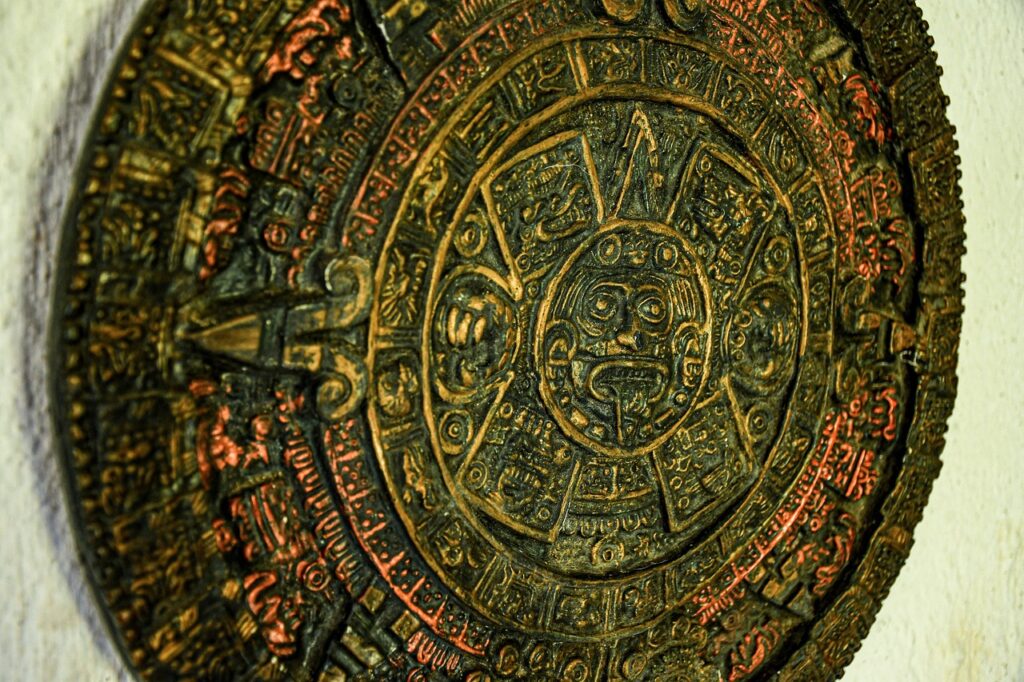Maya Calendar Mystery Solved? Scientists Say They’ve Cracked Its Ancient Code
by Space Chatter Wire

Among the most intriguing mysteries of our time is the 819-day calendar used by the ancient Maya civilization. A puzzle that baffled scientists near and far for many years, anthropologists from Tulane University may have finally cracked its secrets.
For a long time, researchers suspected that the Maya calendar followed astronomical events, specifically the movement of planets in the night sky as seen from Earth, known as the “synodic periods” of planets. The synodic period is the time it takes for a planet to appear in the same place in the night sky when observed from Earth.
However, according to a study published in Ancient Mesoamerica, the cycles in the Maya calendar cover a much larger timeframe than scholars previously thought. Anthropologists John Linden and Victoria Bricker found that by increasing the calendar length to 20 periods of 819 days, a pattern emerges that matches the synodic periods of all visible planets, which include Mercury, Venus, Mars, Jupiter, and Saturn.
